Have you ever tried to outsmart a terrier? If you have, you know it’s like playing chess against a furry, high-energy whirlwind that thinks it invented the game. Terrier dogs are adored for their bold spirits, endless curiosity, and those adorable little faces, but let’s be honest: training them can sometimes feel like you’re starring in your own comedy show. Whether you’re laughing, sighing, or throwing your hands up in exasperation, terriers will always keep you on your toes! Let’s dive into the wild and wonderful world of terrier training and uncover the top 10 challenges—plus how you can turn those obstacles into triumphs (with a little patience and a lot of treats).
Stubbornness That Rivals a Toddler’s

Terriers are famous for their independence. This means when you ask them to “sit,” they might just look at you as if you’ve suggested skydiving. Their stubborn streak isn’t a flaw—it’s part of their incredible personality. But, it makes training a bit tricky. The best way to win them over is through positive reinforcement. Use treats, toys, and tons of praise to make following commands more appealing than ignoring you. Keep sessions short and upbeat, and always end on a high note. Remember: you’re not just training a dog, you’re negotiating with a tiny, furry CEO.
Excessive Barking at Everything That Moves
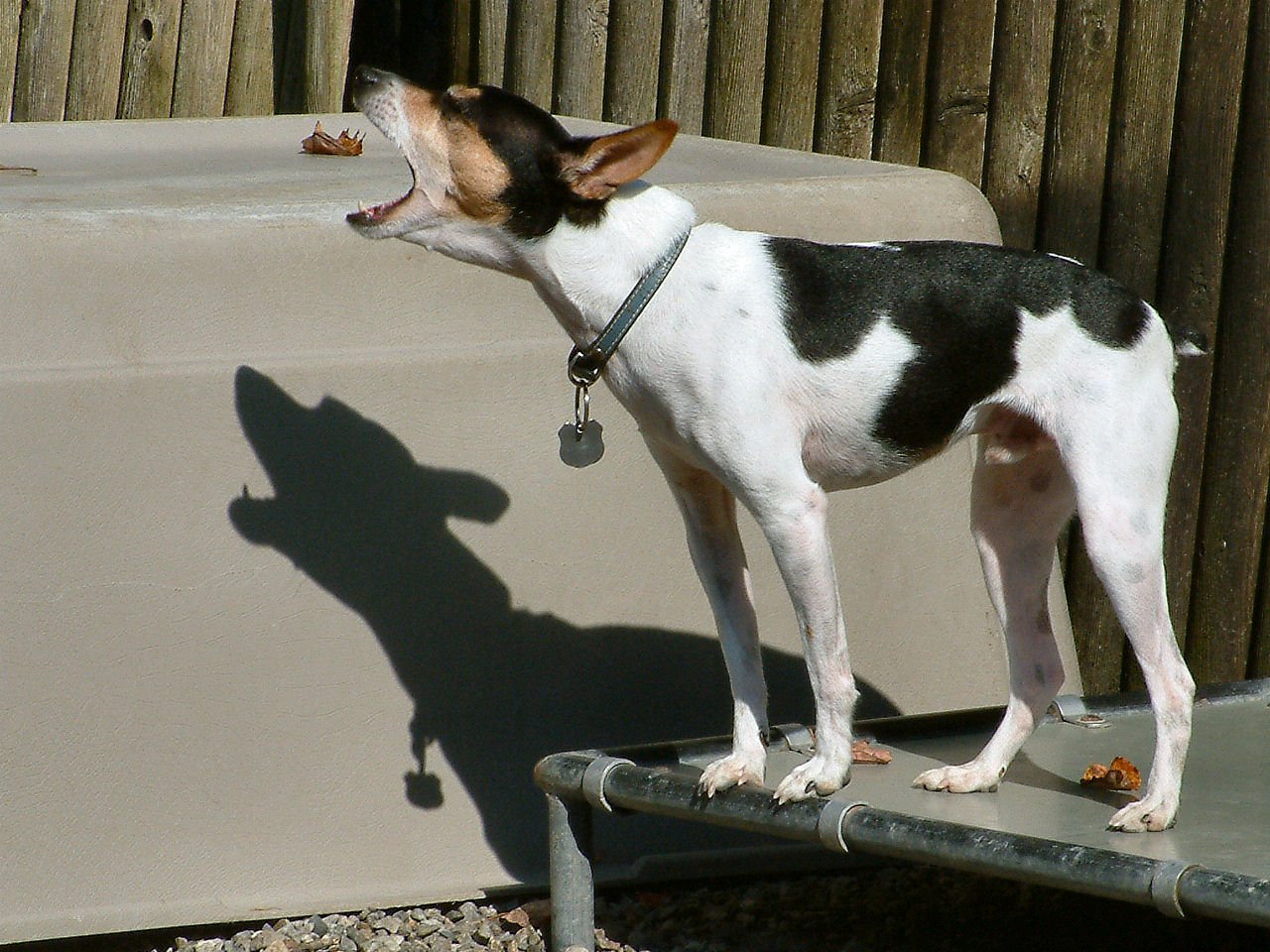
If your terrier seems to believe barking is their full-time job, you’re not alone. These little watchdogs have big voices and aren’t afraid to use them—at the mailman, a falling leaf, or even their own reflection. To curb the noise, teach the “quiet” command using gentle guidance and rewards. Avoid yelling, as it can make barking worse. Instead, reward silence and redirect their energy with toys or a quick walk. Consistency is key, and patience pays off—eventually, your terrier will learn that silence brings treats (and less eye-rolling from the neighbors).
Digging Holes Like They’re Looking for Treasure
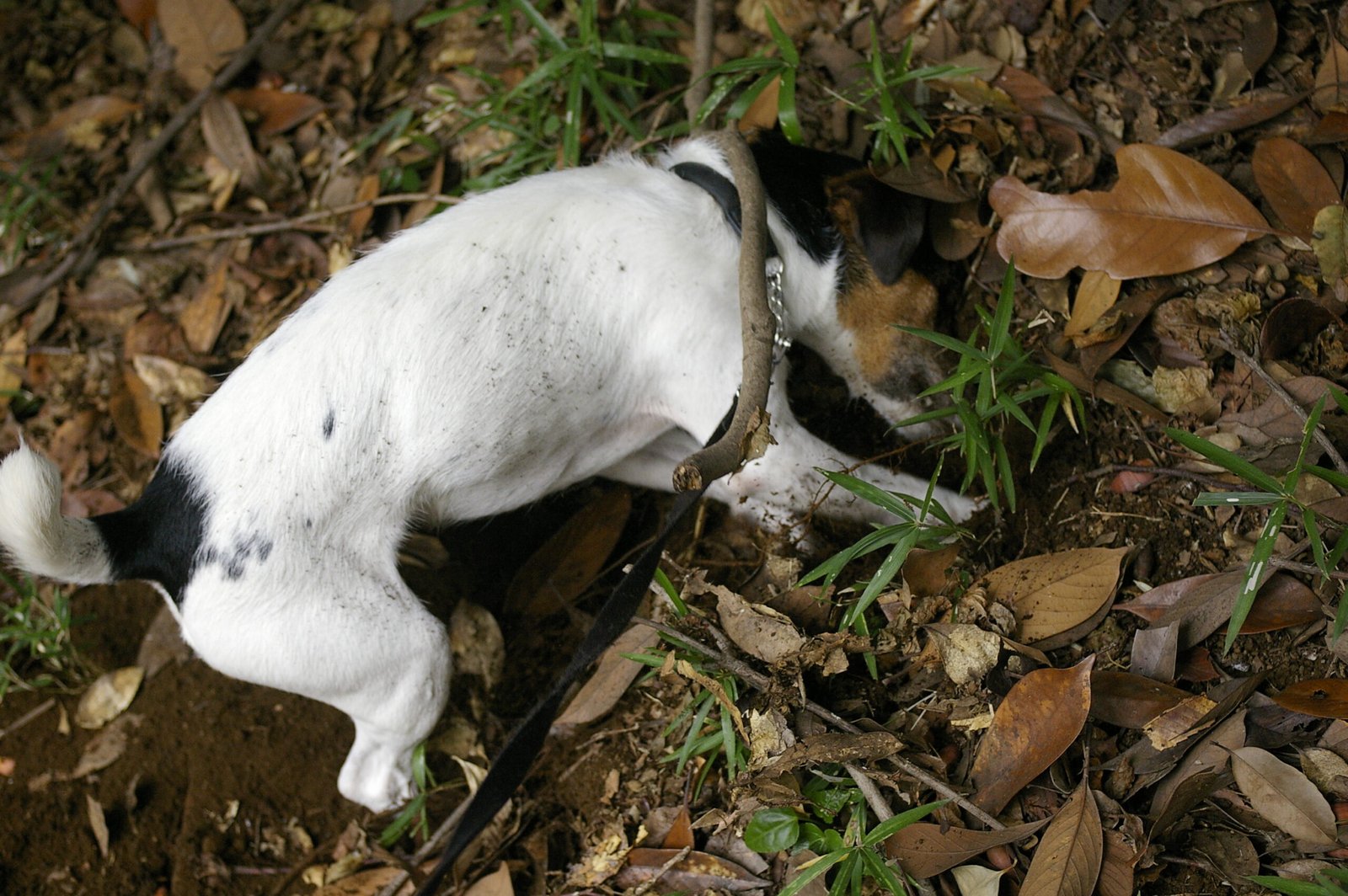
Terriers were bred to dig—literally. So when your backyard starts to resemble a lunar landscape, it’s not mischief, it’s instinct. You can’t erase this urge, but you can redirect it. Create a “dig zone” with loose soil or a sandbox, and encourage your dog to dig there using hidden toys or treats. Praise them when they stick to the approved area. Supervise outdoor play, and fill in forbidden holes quickly so they don’t become tempting again. With time, your terrier will learn where digging is allowed—and your garden will thank you.
Chasing Anything That Moves (Squirrels Beware!)

If you’ve ever seen your terrier spot a squirrel, you know the meaning of unstoppable determination. Chasing is hardwired into their DNA. The trick is to harness that drive in a safe way. Practice recall commands in a secure area, using long leashes and high-value rewards. Engage their chasing instinct with games like fetch or flirt pole play. The more you satisfy their natural urges with appropriate activities, the less likely they are to bolt after critters during walks. Remember, a tired terrier is a well-behaved terrier!
Selective Hearing When It Matters Most
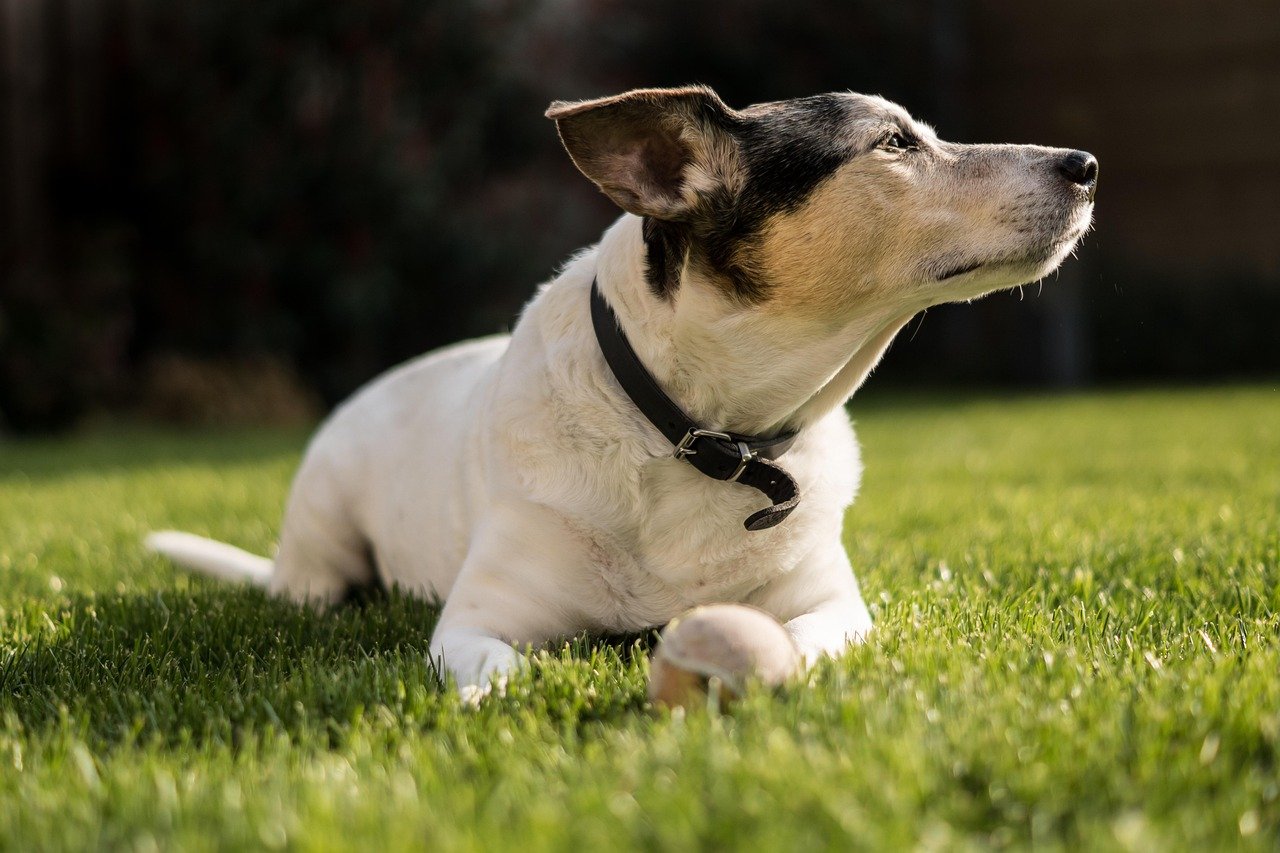
Ever call your terrier’s name and get nothing but a wagging tail as they investigate something far more interesting? Selective hearing is another classic terrier trait. They’re not being naughty—they’re simply prioritizing their own adventures. To overcome this, make yourself the most exciting thing in their world. Use enthusiastic tones, fun games, and irresistible treats during training. Practice recall in distraction-free zones first, then gradually add more challenges. Over time, your terrier will learn that listening to you leads to good things—and maybe even more adventures.
Resource Guarding: Their Toys, Their Rules
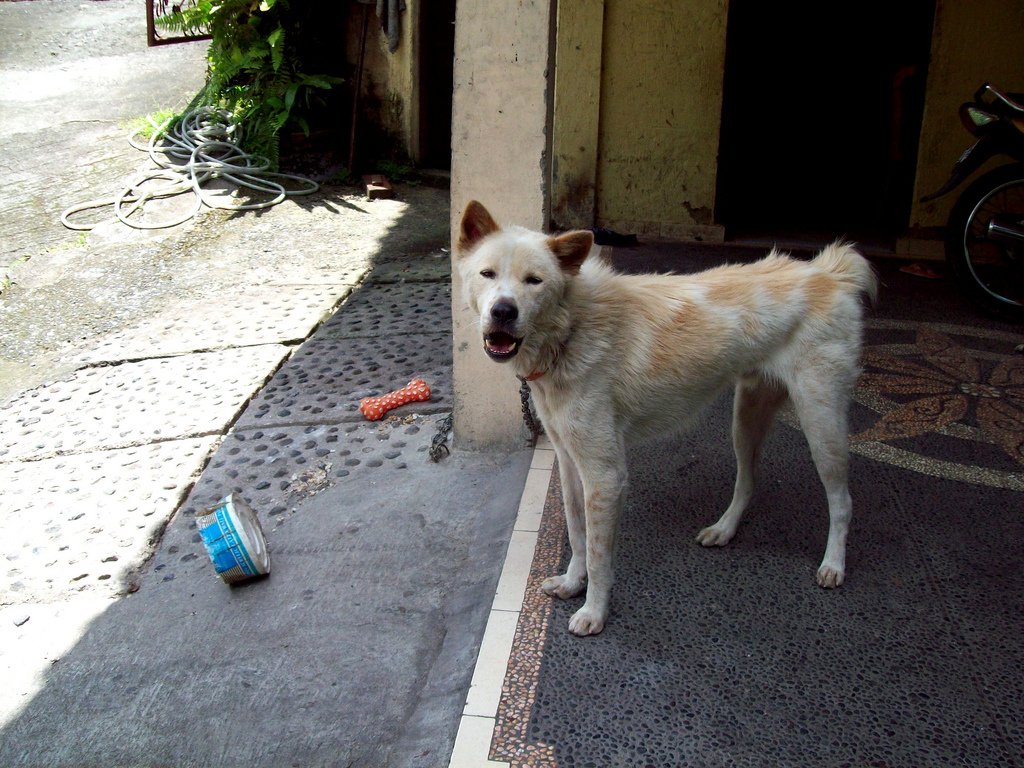
Terriers can be fiercely protective of their belongings, especially toys and treats. If you notice growling or snapping when you approach their treasure, it’s time for some gentle training. Teach the “leave it” and “drop it” commands with positive reinforcement. Trade up—offer something even better when you ask for their toy or treat. Never punish or forcefully take items away, as this can make guarding worse. With patience and kindness, your terrier will learn to trust you and relax their grip on their prized possessions.
Endless Energy That Never Runs Out
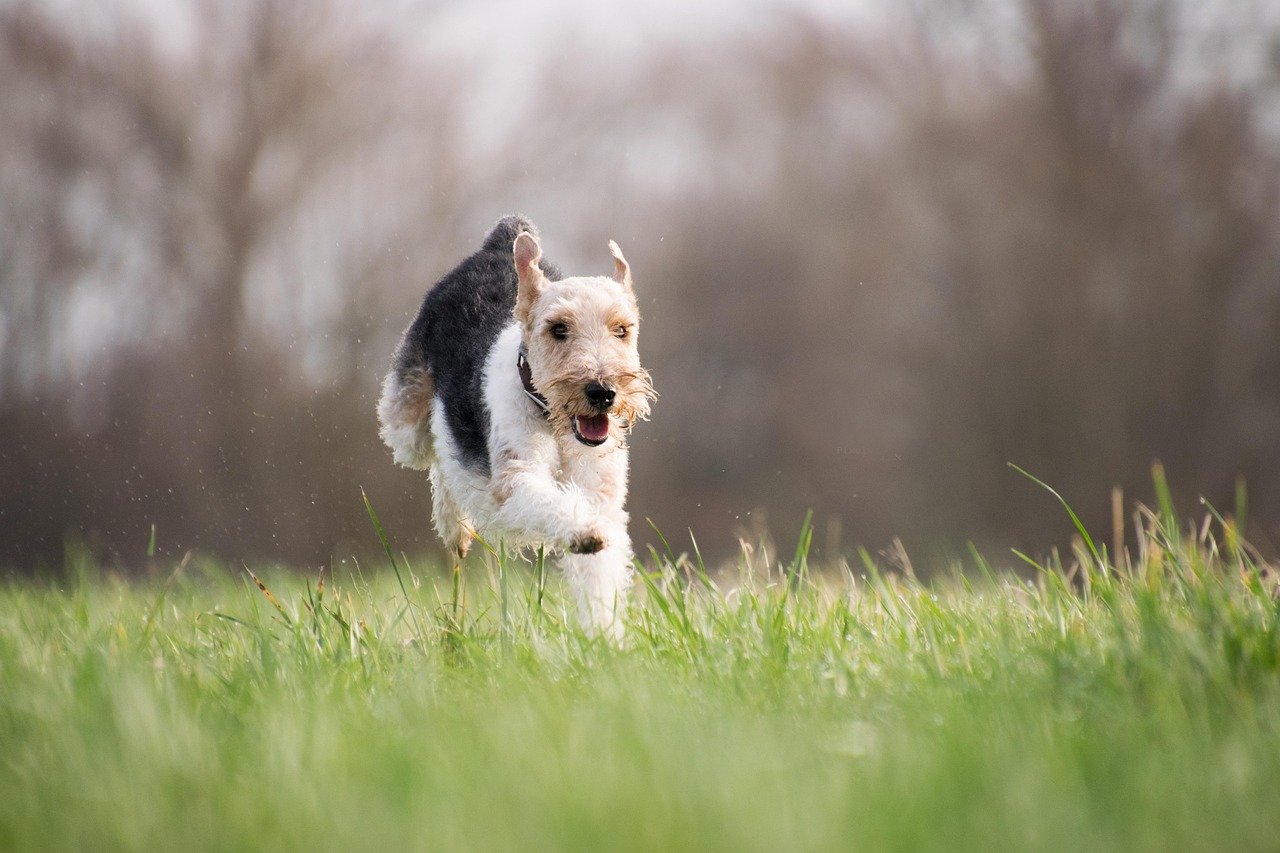
A bored terrier is a mischievous terrier. These dogs have energy to spare, and if you don’t channel it, they’ll find their own outlets—usually involving shoes or furniture. Schedule daily play sessions, brisk walks, and mentally stimulating games like puzzle toys. Agility courses and scent work are also fantastic ways to burn energy. Remember, a well-exercised terrier is easier to train and far less likely to drive you up the wall with antics. Keep things fresh and fun—variety is the spice of a terrier’s life!
Jumping Up to Greet Everyone (And Everything)
Terriers love saying hello, sometimes by launching themselves like little rockets. While their enthusiasm is adorable, it’s not always ideal, especially with guests or small children. Teach the “sit” command as an alternative greeting. Reward calm behavior and ignore jumping—no eye contact, no talk, no touch. Consistency is crucial; everyone in the household must follow the same rules. With time, your terrier will learn that keeping four paws on the ground brings more attention and treats than bouncing off your visitors.
Short Attention Spans During Training
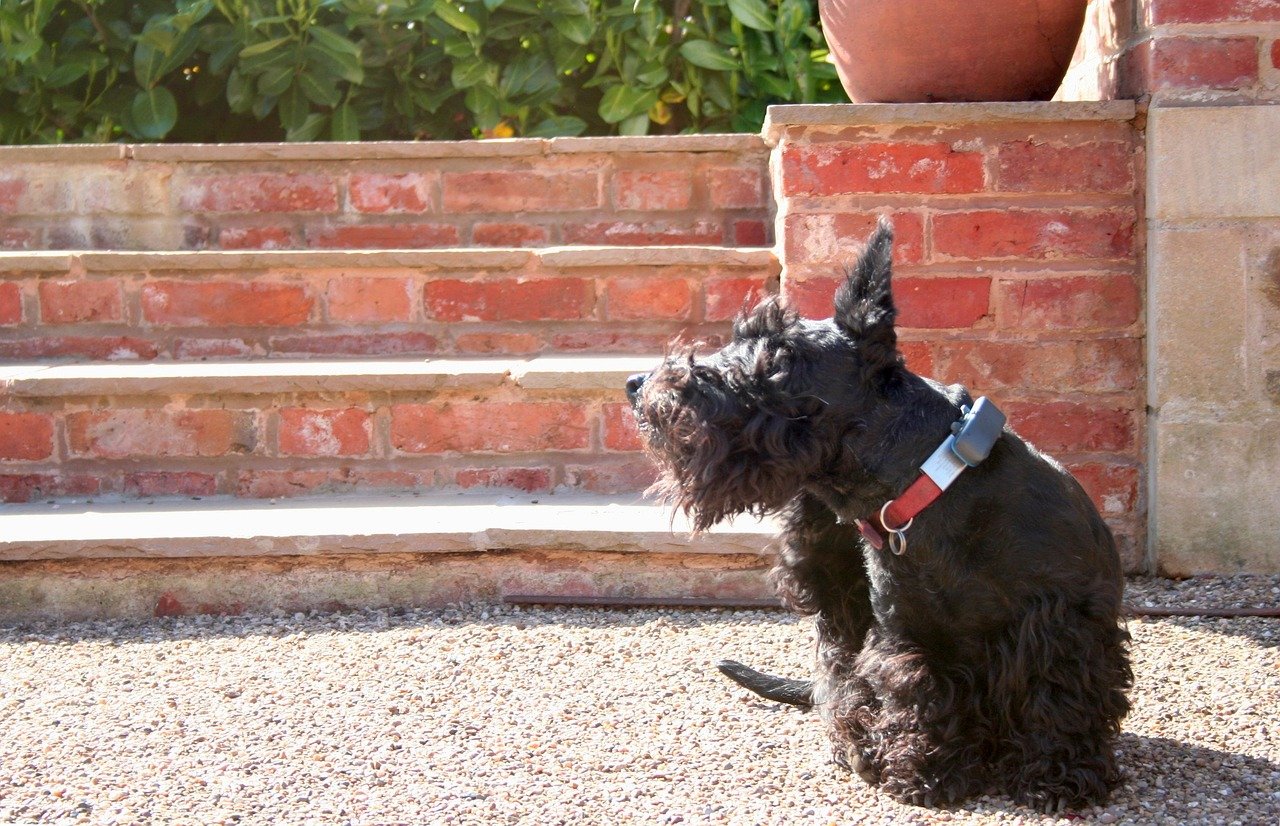
Ever feel like your terrier has the focus of a goldfish? You’re not wrong—short training sessions are best. Aim for five to ten minutes at a time, multiple times a day. Mix up activities to keep things fresh, and use a variety of rewards to maintain interest. If your dog gets distracted, gently bring their attention back with a fun noise or treat. Keep things upbeat and always end before your terrier loses interest. Progress may be slow at first, but those “aha!” moments are worth the wait.
Socialization Struggles: Meeting New Friends

Terriers can be a bit selective about their canine companions. Early and positive socialization is essential to help them become well-rounded adults. Introduce new people and dogs gradually, using treats and praise to make each experience positive. Watch for signs of stress, and never force interactions. Dog classes, controlled playdates, and walks in busy areas can boost their confidence. With the right approach, your terrier will learn that new friends are nothing to fear—just more people (and pups) to charm with their big personality.

Born and bred in South Africa, a Capetonian at heart. Amy-Leigh’s love for nature and animals was inherited from her Dad. He loves taking the family on road trips to experience nature at its finest; Amy-Leigh’s favourite being whale watching in Hermanus and spotting Kudu along the West Coast. Amy-Leigh holds a BA in English Literature and Communication Studies.






